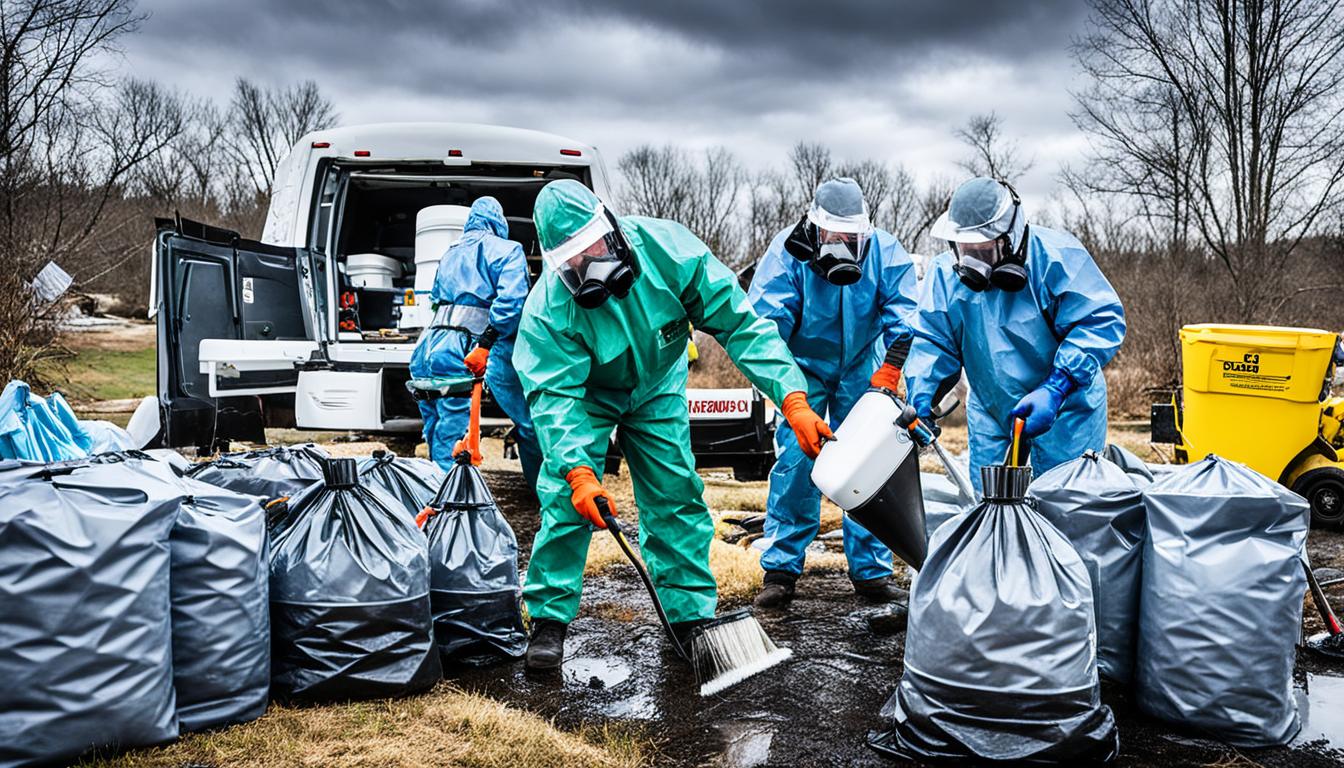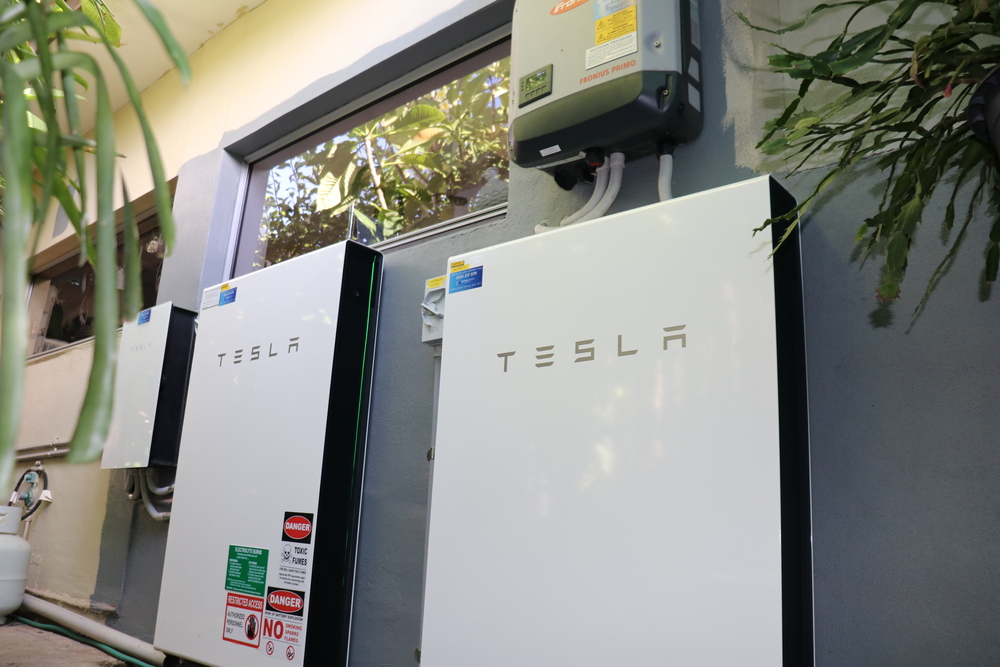Biohazard cleanup is essential for effectively handling situations that involve dangerous materials and contaminants. Proper cleanup not only removes health risks but also addresses the deeply ingrained odors and stains left behind. In this guide, we’ll detail advanced techniques to neutralize odors, eliminate stubborn stains, and restore affected spaces. Using best practices, specialized tools, and effective products, we help ensure that biohazard sites are returned to a clean, safe, and odor-free state.
What is Biohazard Cleanup?
Biohazard cleanup involves the removal and decontamination of hazardous materials that could pose health risks to humans. This includes handling bloodborne pathogens, bodily fluids, and dangerous chemicals often left behind in the wake of accidents, trauma scenes, or chemical spills. Our specialized cleanup approach prioritizes safety, professional-grade sanitization, and proper disposal to restore spaces to a safe, habitable condition.
Key Risks Associated with Biohazard Contamination
Biohazard contaminants are not just unpleasant but can also lead to severe health issues, including infections and respiratory problems. When not addressed properly, these contaminants can seep into surfaces, releasing persistent odors and stains that exacerbate the problem. The following biohazard risks are especially significant:
- Bloodborne Pathogens – Risk of infections like Hepatitis B and C, HIV, and bacterial infections.
- Chemical Contaminants – Exposure to corrosive and toxic chemicals can harm the respiratory system.
- Decomposition – Decomposing organic matter releases strong odors and can lead to airborne contaminants.
Step-by-Step Guide to Biohazard Cleanup
Thorough biohazard cleanup requires structured steps to effectively tackle both health hazards and the odors and stains they cause.
1. Personal Protective Equipment (PPE)
Before beginning cleanup, we prioritize personal safety by wearing high-quality PPE. This includes:
- Full-body suits with impermeable layers to block contaminants.
- Face masks and respirators to filter harmful airborne particles.
- Gloves, goggles, and shoe covers to minimize exposure to infectious materials.
2. Site Assessment and Planning
An initial site assessment helps determine the extent of contamination, types of hazards present, and specific areas that require deep odor and stain removal. We assess porous materials (e.g., carpets, drywall) for contamination as these often trap odors and stains deeply.
3. Isolate the Affected Area
We seal off the contaminated area to prevent cross-contamination. By using plastic sheeting and negative air pressure systems, we contain odors, preventing them from dispersing to unaffected areas. This is especially important in residential and commercial settings where contaminants can spread easily.
4. Safe Removal of Contaminants
Biohazard contaminants require specialized removal techniques to avoid dispersal:
- Absorbent Powders: We use powders on bodily fluids to absorb moisture and prevent spread.
- Scrapers and Shovels: For solid contaminants, tools are used to carefully remove residues.
- Biohazard Bags: All waste is sealed in certified biohazard bags, which are then disposed of following regulatory standards.
5. Stain Removal Techniques
Biohazard stains, often embedded in porous surfaces, require targeted approaches:
- Enzyme-based Cleaners: Enzyme cleaners effectively break down organic matter, ideal for removing stains from blood, bodily fluids, and biological waste.
- Hydrogen Peroxide Solutions: This is particularly effective for bloodstains. The oxygenation helps lift and dissolve organic material, restoring surface color.
- Steam Cleaning for Carpets and Fabrics: High-temperature steam penetrates deep into fabrics to lift stains, sanitize, and eliminate embedded odors.
6. Advanced Odor Neutralization Techniques
After contaminants and stains are removed, eliminating odors is crucial for a complete biohazard cleanup. Traditional air fresheners are ineffective for these scenarios; instead, we use advanced neutralization methods:
- Ozone Generators: These devices release ozone molecules that neutralize odors at the molecular level. Effective against decay odors, ozone generators provide deep penetration and odor elimination.
- Activated Charcoal and HEPA Filters: These absorb airborne particles and trap odor molecules, ideal for closed spaces.
- Hydroxyl Generators: Hydroxyl radicals naturally decompose odor molecules without harmful byproducts, safe for residential areas where ozone is not suitable.
7. Deep Sanitization and Decontamination
Once stains and odors are managed, the final step is to fully sanitize and decontaminate the space to ensure that all pathogens are eradicated.
- Hospital-grade Disinfectants: Using EPA-registered disinfectants, we thoroughly clean surfaces to kill bacteria, viruses, and fungi.
- UV-C Light Treatment: For enhanced decontamination, UV-C lights are deployed to kill residual bacteria on non-porous surfaces.
8. Final Inspection and Air Quality Testing
After cleanup, we conduct a detailed inspection and air quality test to ensure that contaminants are fully eliminated, and odors do not persist. We use air sampling to detect any remaining volatile organic compounds (VOCs) and ensure that all biohazard traces are removed. Our goal is to guarantee that the space is safe for use.
Effective Products and Tools for Biohazard Cleanup
Choosing the right products and tools is essential for effective odor and stain removal. Here are some of the industry-standard solutions we use:
- Enzyme-based Cleaners: For organic stains, these cleaners target proteins and break down stubborn stains.
- Quaternary Ammonium Disinfectants: Known for their strong antibacterial properties, they’re highly effective against biohazard contaminants.
- HEPA-filtered Vacuums and Air Scrubbers: To capture airborne particles and odors during and after the cleanup process.
Preventative Measures After Biohazard Cleanup
Preventing future biohazard risks is just as important as the cleanup itself. By taking these steps, we help minimize the recurrence of odors and stains:
- Regular Sanitation – Maintain a routine cleaning and sanitation schedule, especially in high-traffic areas.
- Proper Ventilation – Ensuring adequate airflow helps prevent odors from lingering and reduces moisture buildup.
- Routine Inspection – Schedule regular inspections to detect any early signs of contamination and address them immediately.
Why Professional Biohazard Cleanup is Essential
Professional biohazard cleanup services offer expertise, industry-grade tools, and thorough knowledge of decontamination protocols. Given the risks involved, it’s crucial to rely on certified professionals who follow strict regulatory guidelines and use advanced equipment to ensure complete removal of hazardous materials, odors, and stains.









